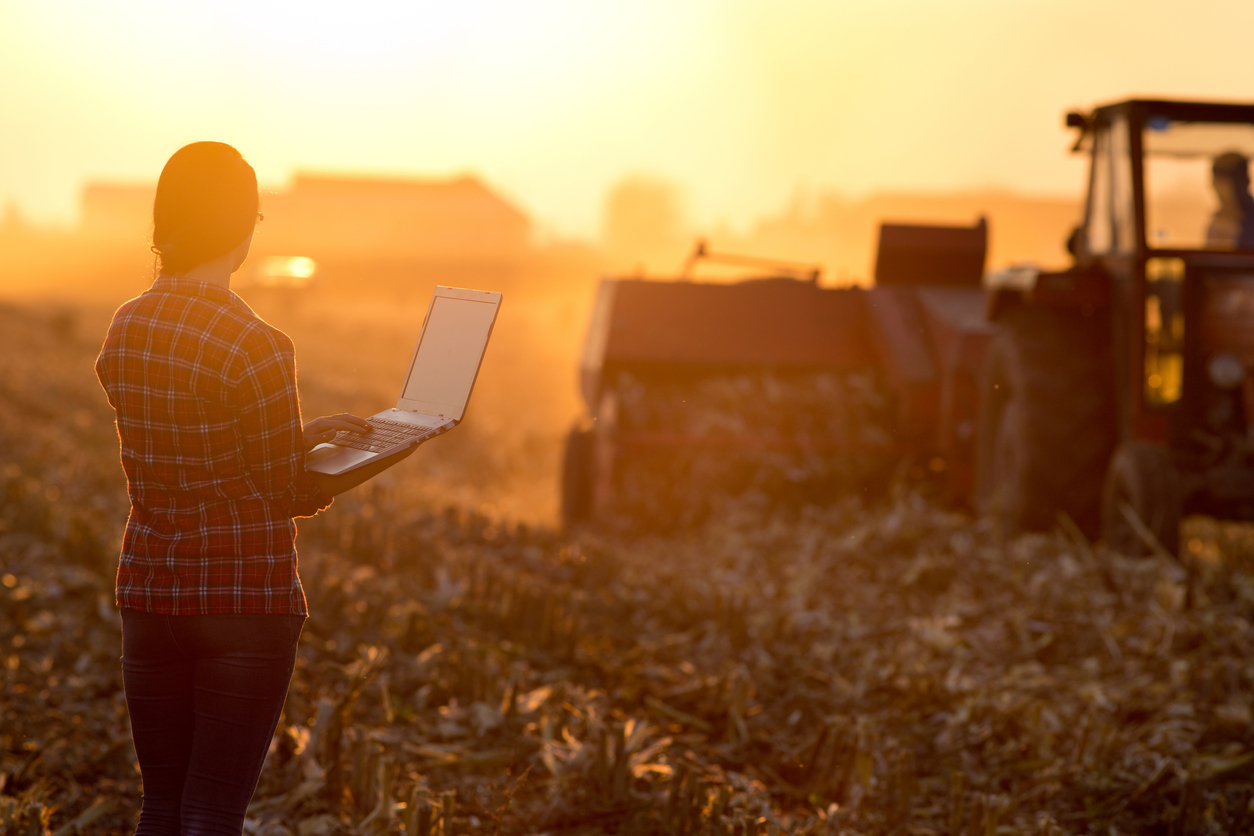Are your trees plotting against you?
Trees grow, become large and eventually fail. So they fall. You don't want to be underneath one when that happens.
The trees that surround your home, line the street over the sidewalk or border roadways are all at risk of failing. Some will fail sooner than others.
Nothing is risk-free. All trees carry some risk. Past abuse, storm damage, construction injury and other things can increase the risk of failure.
Even minor events such as roots buckling sidewalks or branches rubbing on a roof can generate tree-associated risks.
Trees have value. People find great psychological, monetary, aesthetic and utilitarian values in them. They enjoy trees' beauty and the wildlife they attract.
In their restful shade, people relish trees' reduction of heat, glare, noise, erosion and pollution. They delight in the white noise and oxygen trees produce.
Trees raise property values and economic stability. Growing in well-managed, productive forests, they sustain the American way of family life.
Along with the many benefits they provide, trees also have costs. They require some investment in growing space, maintenance and care. Once dead, trees are costly to remove.
One of the most overlooked tree costs is their liability risk. Liabilities can include ecological, biological, aesthetic, social, economic and safety risks.
People want trees. But they also need to be safe from threats to property and physical injury.
Know the tree risks around your home, yard, street, school, church and workplace. As trees become massive and tall, even a single branch blown down in a storm could damage property and injure people.
Professionals examine trees for structural problems. At times they can correct problems. Most trees don't need special structural support -- just good maintenance and prevention of injury.
It's important to understand how trees fail. Trees are modular structures that grow in stages, one part at a time. They also tend to fall apart one piece at a time. They fail along faults developed by injury, old damage, the environment and people putting too much stress on them.
Structural faults include large vertical cracks, large decayed areas, narrow crotches or forks, dead wood and branches, large cavities, major leans, extensive root damage, horizontal cracks, poorly connected living branches and pest- damaged areas.
These faults may be the result of old injuries or new damage. Many give way in wind and ice storms.
Trees can't heal themselves. They can only seal off the wound and grow over it. Old trees can be filled with many hidden faults from old injuries.
Risk assessments on trees are hard to do and require a thorough knowledge of tree structure and failure. Each tree is different. On average, though, major failures are 40 percent in branches, 30 percent in stems and 30 percent in roots.
Even small problems can lead to large liability risks. But not all large liability risks require trees to be removed. Many "nonremoval" risks commonly occur.
These risks include roots buckling pavement, damaging building foundations and septic systems and tripping people; slippery leaves and litter (fruits, flowers or twigs) on walkways; tree-dwelling animals biting or stinging people; cavities entrapping kids or pets; and face-level or low-lying branches causing injury or blocking sight lines.
People can fear all the risks around them. Trees do present risks. But the risks are relatively small. Taking risks and accepting liability is a modern fact of life. Trees are well worth managing for all their benefits and associated risks.
Using an informed approach to risks and tree-literate care and maintenance, you can have great trees. Seek help from tree-risk specialists, arborists and community foresters. Be sure trees are a "safe" investment at your house.


.jpg)



